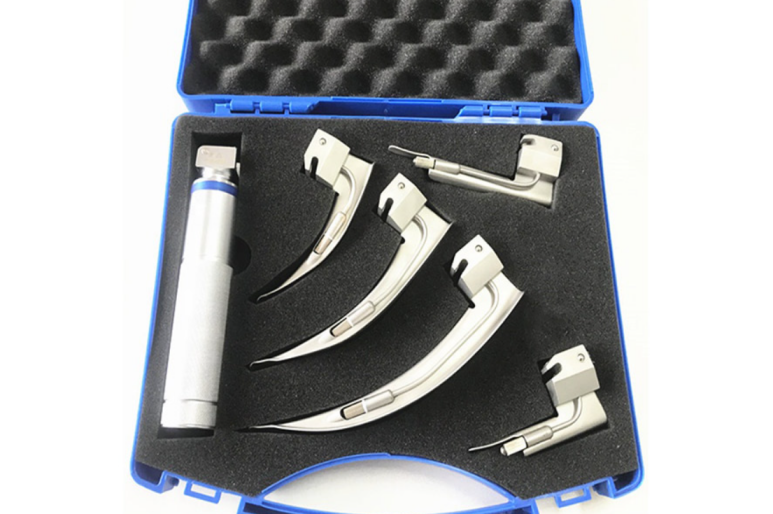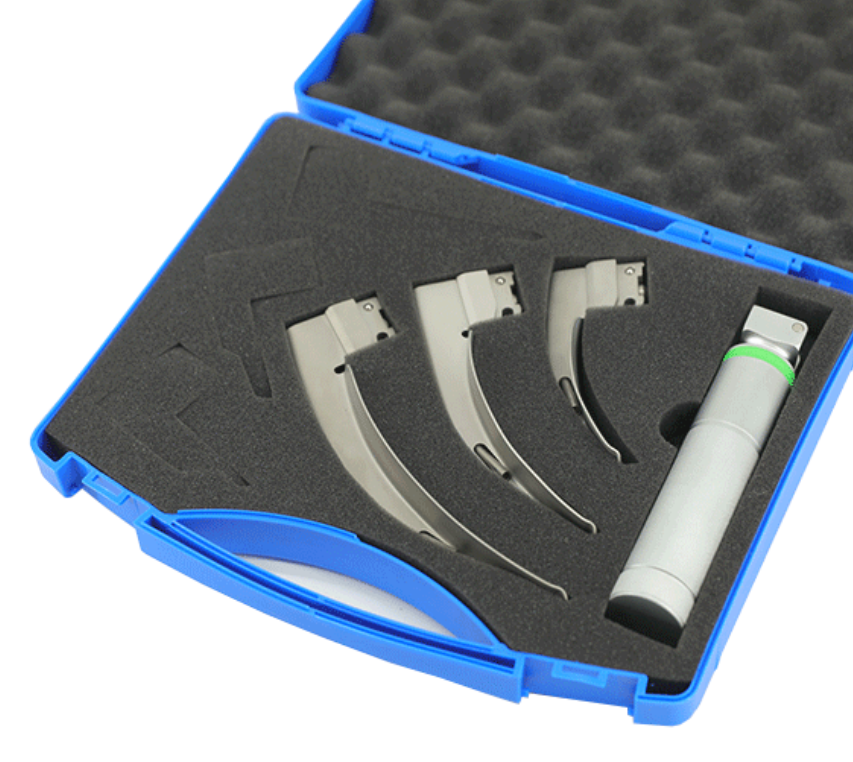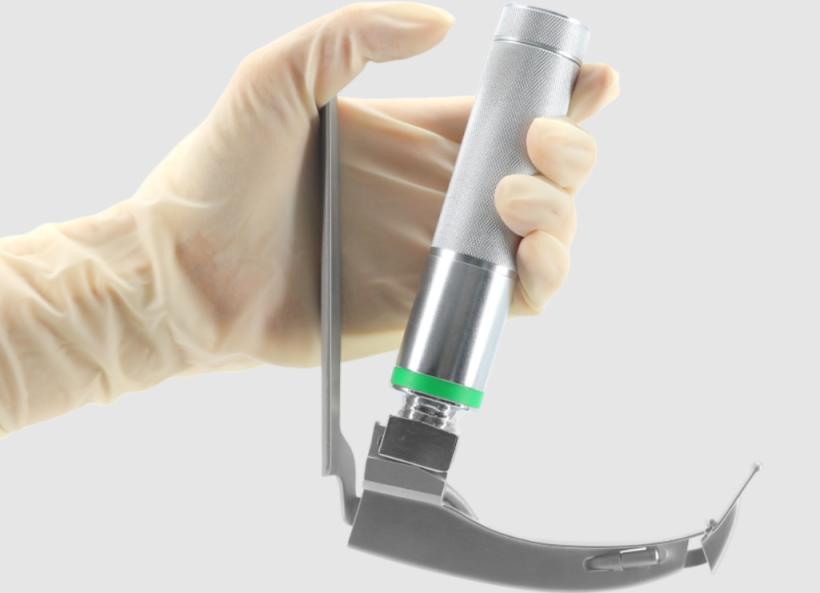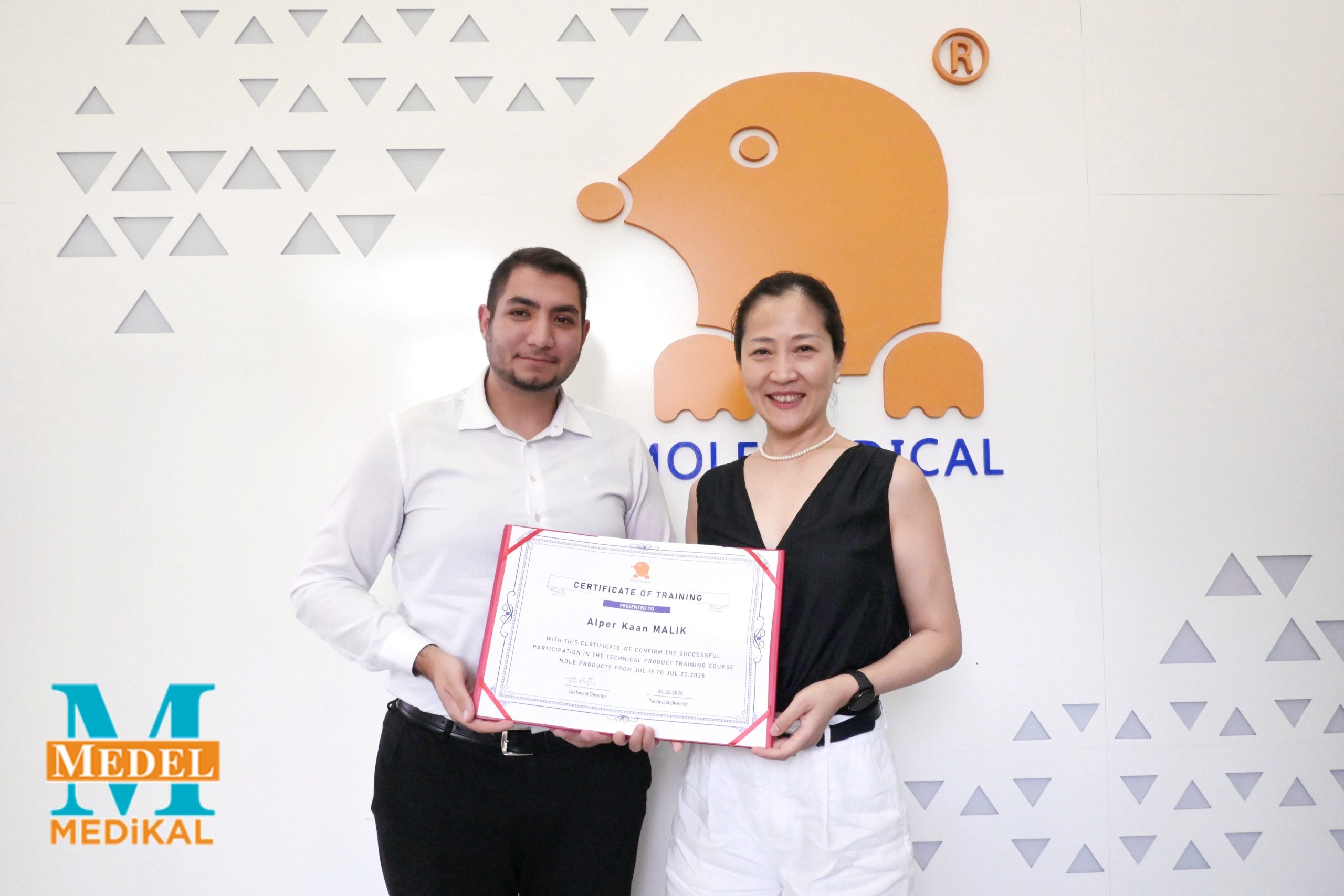How Does the Ergonomic Design of the fiber optic laryngoscope Improve Patient Care?
Jun 12, 2024
Explore the fiber optic laryngoscope by Mole Medical, an innovative anesthesia laryngoscope with fiber optic technology for superior illumination, ergonomic design to minimize trauma, and durable 304 medical stainless steel blades. Perfect for ICU, NICU, anesthesia, and emergency departments.

Understanding Post-COVID-19 Throat Symptoms
1. The Onset of Severe Throat Pain
After recovering from COVID-19, many patients report experiencing severe throat pain, often described as feeling like a blade cutting through the throat or having a hoarse, painful voice. This condition is excruciating, leaving patients in a state of misery.
3. Electronic Laryngoscopy Revelations
Upon conducting an electronic laryngoscopy, the true severity of the condition becomes apparent. The entire pharyngeal cavity is found to be congested and edematous, with significant white exudates and ulcers present. Both vocal cords show severe edema, far more serious than changes seen in a typical cold-induced sore throat. This highlights the need for more advanced diagnostic and treatment tools.

Operation and Application of the fiber optic laryngoscope
1. Preparing for the Procedure
To ensure the best outcomes, proper preparation is crucial before using the fiber optic laryngoscope for examination or treatment.
2. Patient Preparation
Patients should be informed about the procedure, including its purpose and what to expect. Proper patient preparation helps reduce anxiety and ensures cooperation during the procedure.
3. Equipment Sterilization
All equipment, including the fiber optic laryngoscope, must be thoroughly sterilized before use. This is essential to prevent infections and ensure patient safety.
4. Clinician Readiness
Clinicians should be well-trained in the use of the fiber optic laryngoscope. Adequate training ensures that they can handle the equipment effectively and provide the best possible care to patients.
5. Performing the Examination
The actual procedure of using the fiber optic laryngoscope involves several steps, each designed to maximize diagnostic accuracy and patient comfort.
6. Insertion and Positioning
The fiber optic laryngoscope is gently inserted into the patient’s mouth and positioned to provide the best view of the pharyngeal cavity and vocal cords. The ergonomic design of the spatel aids in easy and precise positioning.
7. Post-Procedure Care
After the examination, several steps are taken to ensure the patient’s comfort and recovery.
8. Patient Instructions
Patients are given instructions on how to care for their throat post-procedure. This includes advice on medications, diet, and activities to avoid exacerbating the condition.
9. Follow-Up Appointments
Scheduled follow-up appointments are essential to monitor the patient’s progress and make any necessary adjustments to the treatment plan. The fiber optic laryngoscope can be used in follow-up examinations to track healing and response to treatment.
10. Continuous Monitoring
For patients with severe conditions, continuous monitoring might be necessary. The fiber optic laryngoscope allows for regular and detailed assessments to ensure that the patient is recovering as expected.
Key Features of the fiber optic laryngoscope
1. Superior Illumination with Fiber Optic Technology
One of the standout features of the fiber optic laryngoscope is its fiber optic light source, which provides exceptional illumination of the laryngeal area.

2. Enhanced Visibility
The fiber optic light source offers bright, consistent lighting, significantly enhancing visibility during intubation and examination. This superior illumination is crucial for accurate and successful airway management.
3. Cold Light Source
Guided by a cold light source, the it minimizes heat exposure to tissues, reducing the risk of thermal damage during procedures. This feature ensures patient safety and comfort.
4. Long Service Life
The advanced fiber optic technology used in the it is designed for longevity, offering reliable performance over extended periods. This durability ensures that the device remains a valuable asset in clinical settings.
5. Minimizing Patient Trauma
The fiber optic laryngoscope is engineered to minimize tissue contact and pressure, thereby reducing the risk of trauma to the patient’s airway during intubation.
6. Ergonomic Design
The ergonomic design of the fiber optic laryngoscope allows for gentle maneuvering, ensuring that delicate tissues in the throat and vocal cords are not disrupted. This reduces the likelihood of injury and enhances patient safety.
7. Reduced Tissue Contact
By minimizing tissue contact, the fiber optic laryngoscope decreases the potential for trauma and irritation, which is particularly important for patients with sensitive airways or those in critical condition.
8. Safe Intubation Process
The combination of superior illumination and ergonomic design ensures a safer intubation process. Healthcare providers can perform procedures with greater confidence and precision, reducing the risk of complications.
9. Durability and Reliability
Constructed from high-quality materials, the fiber optic laryngoscope is built to withstand the rigors of frequent use in demanding clinical environments.
10. Super Hardness Metal Blades
The blades of the fiber optic laryngoscope are made from super hardness metal, specifically 304 medical stainless steel. This material offers exceptional strength and durability, ensuring the blades maintain their integrity over time.
11. Corrosion-Resistant Materials
The use of corrosion-resistant materials ensures that the fiber optic laryngoscope remains free from rust and degradation, even with repeated sterilization and cleaning. This durability makes it a reliable tool for long-term use.
Categories
Latest Articles

Mole Medical Showcases Advanced Endoscopy Solutions at CMEF Autumn 2025, Driving Global Partnerships
Guangzhou, China – September 26-29, 2025 – The 92nd China International Medical Equipment Fair (CMEF Autumn) concluded successfully on September 29th at the Canton Fair Complex in Guangzhou. Mole Medical Technology Co., Ltd. (Mole Medical) made a significant impact at the event, drawing global medical professionals and partners to its booth (Hall 2.1, Stand Q24) ... Read more

How to Use Disposable Ureteroscopes Safely and Efficiently
In the field of urology, the application of disposable electronic ureteral-kidney pelvis endoscopy catheters is leading the technological innovation in minimally invasive surgeries. According to the 2024 multi-center research data from China’s urology department, among the over 5,000 surgeries included, the patient group using disposable catheters performed significantly better in key indicators such as operation ... Read more

Breaking Through the Bottleneck of Decontamination On the Irreplaceability of Disposable Bronchoscopes in Emergency Scenarios
During the intense emergency rescue, bronchoscopy technology is the core method for handling airway emergencies. However, the traditional reprocessing cycle of reusable bronchoscopes, which lasts for 60-90 minutes (including cleaning, disinfection, drying, and testing), has become a fatal bottleneck restricting the efficiency of rescue. Mole Medical has discovered that with the clinical popularity of disposable ... Read more

Correlation Analysis of the Duration of One-time Flexible Ureteroscopy for Stone Removal with Postoperative Pain and Hospital Stay
Among the minimally invasive treatment methods for upper urinary tract stones through natural orifices, one-time flexible ureteroscopic lithotripsy (RIRS) has been widely used in clinical practice in recent years due to its avoidance of cross-infection risks and performance degradation associated with repeated use of instruments. This technique involves inserting a thin, flexible endoscope through the ... Read more

Mole Medical and Medel Medical Strengthen Collaboration in Visualized Medical Technology
Recently, international partners paid a visit to Mole Medical for technical exchange purposes. Building upon their long – standing and stable cooperative relationship, the two parties engaged in in – depth discussions regarding the application and innovation of cutting – edge medical technologies. This exchange has further fortified their collaborative efforts and established a solid ... Read more



